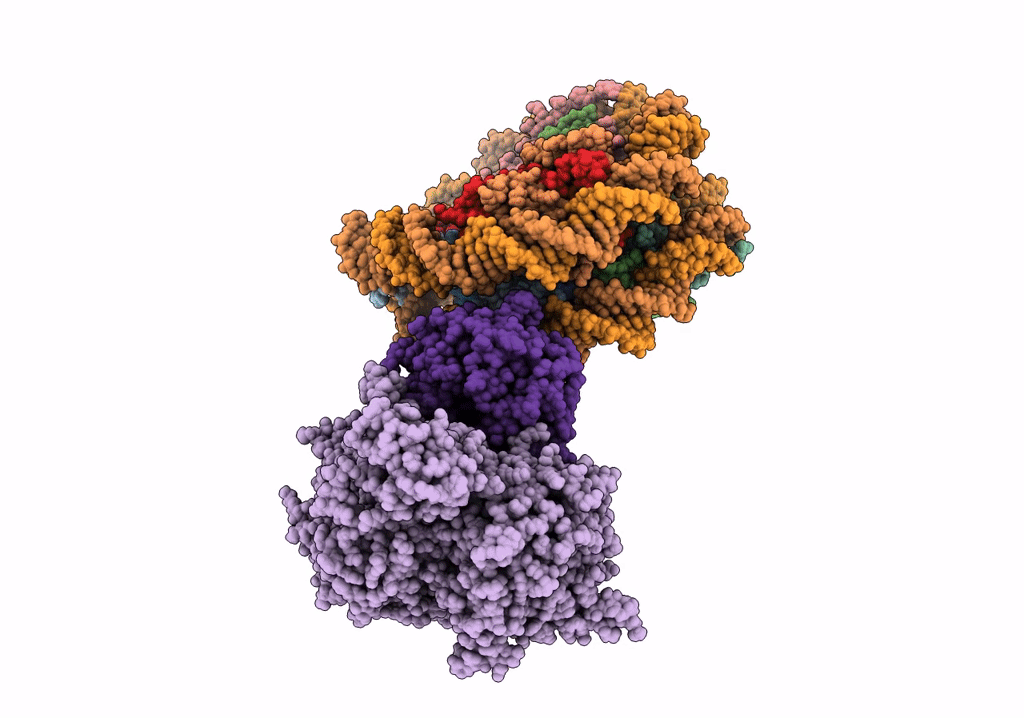
Deposition Date
2019-04-02
Release Date
2019-06-12
Last Version Date
2024-05-22
Method Details:
Experimental Method:
Resolution:
4.50 Å
Aggregation State:
PARTICLE
Reconstruction Method:
SINGLE PARTICLE


